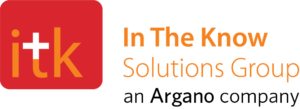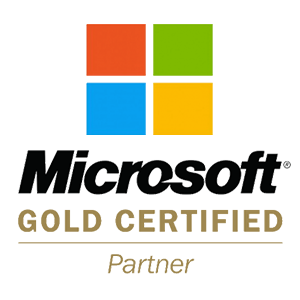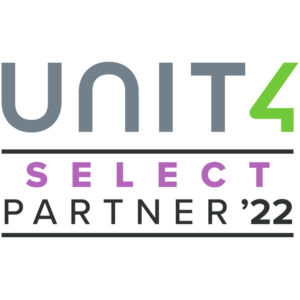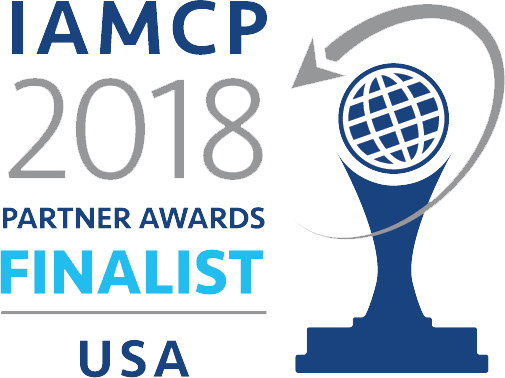The Top Five Benefits of Discovery & Requirements Gathering
- Develops an understanding of client’s goals and values
- Defines project scope and governance model
- Identifies opportunities for process improvement
- Illustrates current gaps (internal and external)
- Generates cross-organizational dialogue towards an improved business model
Getting Started…
You’ll want to minimize the risk involved with a project of this nature, and balance the achievements or success with the required timeframe. As importantly, you will want to establish the “win criteria” which will sustain the implementation over the long haul. Internally, you will want to show mini wins to continue to show the value you are adding to the client and its executive sponsorship. The common goal will require agreement and understanding across all of your constituents in order to achieve the desired results within the timeframe and budget that has been established.
Governance Model – Who should be involved?
The process of discovery and requirements gathering should involve key executives and stakeholders who are capable of identifying and explaining the goals and strategy that have been established for the company. Identifying the goals and strategy are the basis for driving a discovery and requirements process. Within these two elements are a basis for the project without which could lead to an unfocused effort that may yield lackluster results.
Communications Plan – What to say, and when?
A communication strategy should be developed so that as the project progresses, there are clear milestone announcements that are circulated throughout the company to not only further emphasize the goals and importance of the project but also to help keep people engaged and understanding the short term wins and progress that are being made.
A communication strategy is critical to any enterprise project to maintain the end state in the minds of all those being impacted by this project. The teams in the discovery/requirement phase will need to articulate how each department, office, region will be affected, i.e. what’s the purpose of the project, what’s it look like at the end state, what are the perceived benefits, etc. You should be looking to create a common understanding of the process at all levels that will be affected. With a global project, it will be important to have a common design that will accommodate localization….all consistently supporting the overall business model and vision of the company.
Interviews and Information Gathering
Throughout the course of the initial interviews with stakeholders, you will encounter the following:
- Collective problem solving – you, along with the consultant, will create the future-state throughout the discovery process. Leverage these conversations to build strong relationships!
- Collaborative creation of business solutions – you will identify a variety of opportunities that drive value across the business. Use these moments as an opportunity to build on the relationship moving forward!
Watch the Gaps – Illustrates current gaps (internal and external)
You will be addressing needs before a final budget has been established, which gives you the power to visualize an ideal future state for the business. It will become apparent that gaps will surface between what your current/future processes are compared to what the current product can provide. It’ll also create a gap analysis between your needs/processes and the functionality of the product out of the box, which is a KEY ELEMENT for the consulting partner and client to understand. The benefit in this process is identifying the gaps during the sales cycle which helps determine “must have” vs. “nice to have” functionality and the ability to assess where, how and if you need to adjust your business process to avoid the need for customization.
Future-State Planning & Project Management
This phase will establish and identify the skill of the consulting team you will be working with during the implementation. You will also begin to identify key resources from your company who will become integral to the implementation. You will want to be sure the consultants understand business process, in general, but in particular your processes and needs. Establishing those relationships early on helps to ensure greater success for an on time/on budget implementation. It should be noted that changes to the project will come up after the implementation begins. Different perspectives will develop as you progress through your project plan, which will create change. A change order process must be established during the project planning phase with approval criteria that must be adhered to in order to prevent scope creep. The goal is to have a process stable for and to minimize that concern for change orders and drive to an identified target that has been established early. Structure like this will also foster a stronger working relationship with your consulting partner who then becomes part of the entire project team. Chemistry and trust are key success elements between partner consultants. That’s a goal that should not be understated.
The Demo
So we can now assume that the discovery and requirements gathering have taken place. The goal is that the demonstration should offer proof points validating the assumptions we have developed at a high level. The product demonstration is not a training session; it is used to see your processes integrated within the product and to identify those areas that don’t fit, also known as the fit-gap. Once those key elements have been accomplished, the data and information that has been collected thus far should be the basis for a meaningful implementation strategy. Again, as above, a communication strategy must be established and executed before and during the implementation. Key stakeholders should be able to articulate where the project stands compared to the budget and timeline with the support of the partner consultant. Typically, an executive steering committee has been identified with key stakeholders as regular participants in meetings. The committee should include a senior level consultant (Project Manager) from the partner to meet regularly to discuss the project, the budget, its critical path and any obstacles that might have an impact the timeline. These meetings are, and should be, an open dialogue. I have seen this concept of the executive steering committee as being very effective and shows continued executive commitment and involvement in the project.
Wrapping Up
My goal in this article was to take a snapshot of a key phase in the sales cycle for investigating a product. I believe that Discovery and Requirements Gathering are critical elements that will help to ensure the success of your project and significantly help you sleep better at night. This phase is the foundation for driving real value into the project. This phase is an opportunity for the consultants to become experts on your business, build strong relationships with your stakeholders, and become partners moving forward!
In summary, if you want to know how successful your next project will be in the end, I suggest taking a good look at how it begins.
Best,
Sam
Sam Coluccio is the co-founder of ITK Solutions Group, a retail-focused consulting firm specializing in retail enterprise resource planning (ERP) solutions.





